First, he built the brain that taught itself to play Pong. Now, Hon Wen Chong is focused on building a “body in a box” to support that grey matter and send it out into the world.
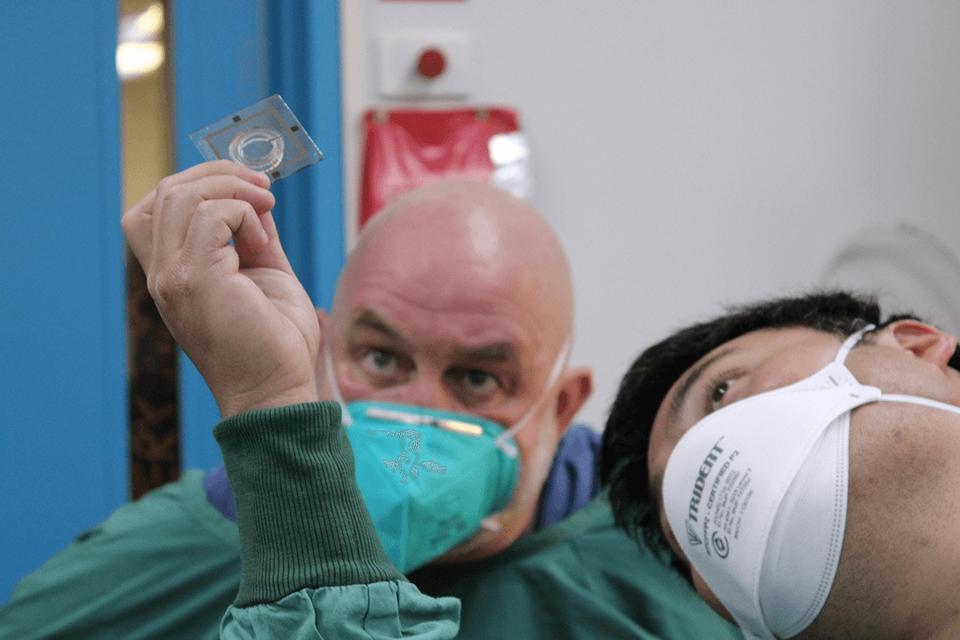
Hon Weng Chong stunned the world late last year when his company, Cortical Labs, grew human brain cells in a dish that then taught themselves to play Pong – old-fashioned computer tennis – albeit not very well.
“Dish Brain’s” computer-tennis feat was published in Neuron and helped attract US$10 million in investment led by Hong Kong based Horizon Ventures, joined by existing early-stage investor Blackbird Ventures and In-Q-Tel, the venture capital arm of the US Central Intelligence Agency.
But now it’s time for the 35-year-old Melbourne medical doctor to scale. So how do you do that with living brain cells grown onto electrodes? After all, they need to eat and breathe. And urinate.
The first iteration of DishBrain lived in an incubator at 37 degrees with set concentrations of carbon dioxide and oxygen swirling around it in a pink fluid of electrolytes, glucose and growth-factor medium. “It’s the equivalent to artificial cerebral spinal fluid, the same stuff that bathes our brain,” says Chong.
But the first commercial product, the CL1, needs to go out into the world with confidence. So he needs to build the brain cells a “body in a box”.
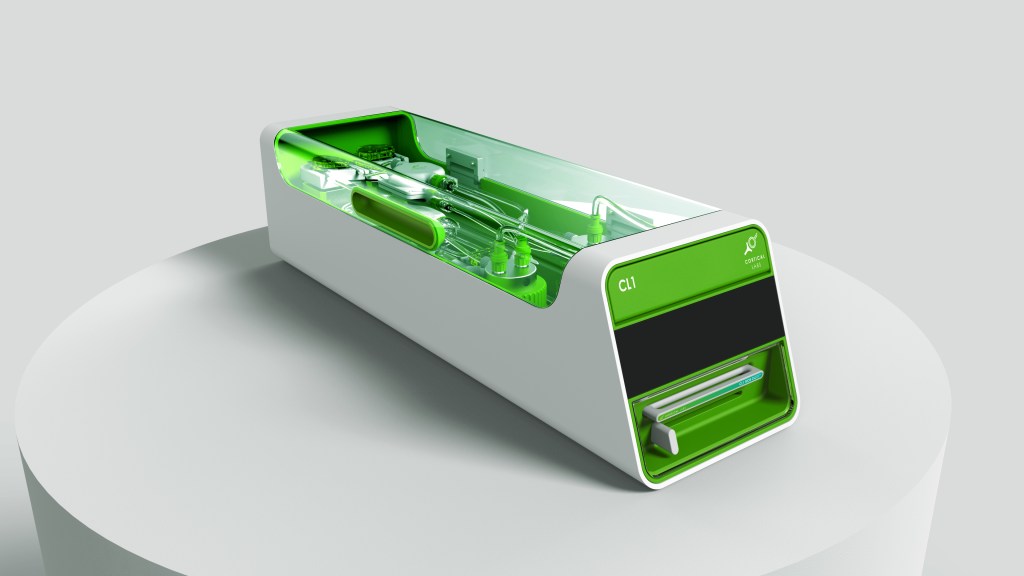
“And this is how we change its diaper,” says Chong, pointing to a picture of an outlet. ‘“This is the inlet and outlet, the mouth and bum, that allow us to keep it sealed so it doesn’t get contaminated. There’s no immune system … We suck up 50% of the old fluid and we top it up with new fluid, new nutrients.”
He points to the “kidneys” – a filtration unit – the “hearts” that pump the fluid around. “This is a gas mixer, think of it as a lung. And these are two reservoirs for the pink fluid. The idea is this would keep the cells alive as long as you want.”
He’s got 20 of these neural units grown up, with more on the way.
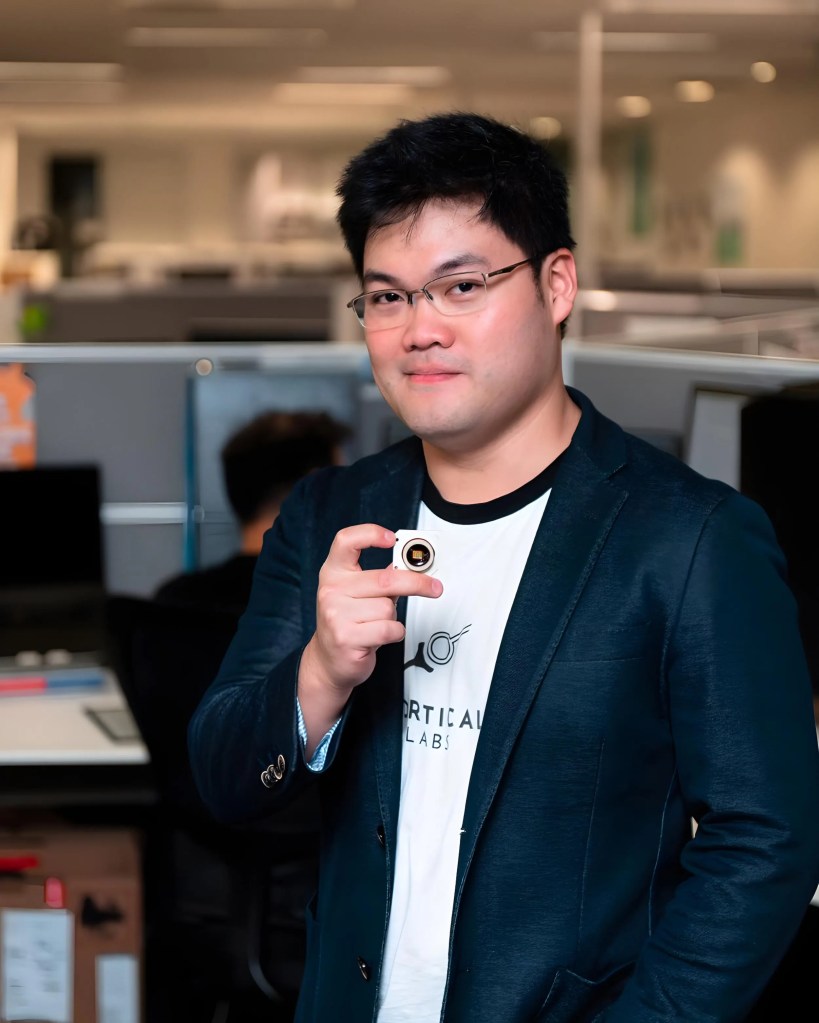
But Chong harkens back to where the IBM S/360 mainframe was in 1964. “Large computers with teams running around to keep it going. No memory, so everything needed to be in punch cards. What we need to do is to build the equivalent of the Apple I (1976-77) so we’re building the CL1.”
Chong says the system’s most obvious first advantage is that it uses orders of magnitude less energy than standard computers. “To put the power usage in perspective, I trained a pocket calculator to play Pong. No one in silicon world can do that. They’re all using giant GPUs that suck up a minimum of 250W to do this. And we don’t produce heat. So you also have a reduction of energy usage for cooling.
“The second great advantage is sample efficiency. AI systems need a lot of data to work. ChatGPT is supposedly so smart because it’s read the entire internet. I’m pretty certain I don’t have even a fraction of the internet in my life experience, but I’m pretty good at navigating the world without that. Sample efficiency is one of the things these biological systems are good at. They can operate in real time. These things learn with less information.”
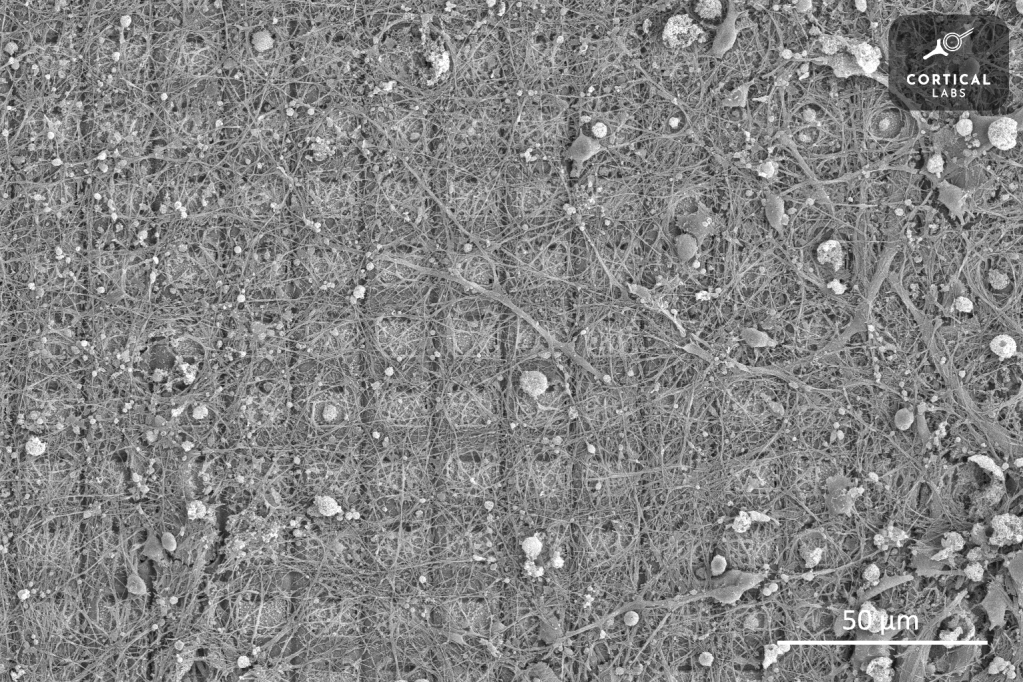
The first major money spinner for Cortical will probably be the study of how cells react to new drugs and drug combinations. UK-based Bit Bio which provides human cells for research and drug discovery has signed up to receive a CL1 by the end of 2023, or possibly early 2024.
Personalised medicine stands to take its use further, says Chong. “One of the things that people kinda get mindblown by is the fact these neurons are grown from people’s blood. If we take some blood from you, we could grow neurons outside your body that would be genetically identical to the ones currently in your brain. Why would you want to do that? They would theoretically have the same properties as your brain and so the same drug profile, the same disease patterns. Rather than a clinician taking a guess: ‘Take drug A and come back in six weeks and tell me if it worked.’ We should know exactly before any drug is prescribed that drug A, B, C and D are not good candidates for you, so skip to drug E for the highest efficacy.”
Chong says Cortical is planning a trial whereby brain cells grown from a volunteer’s blood will be tested with certain drugs then compared to how the volunteer’s actual brain reacts when the volunteer is given the same drug.
“They’re obsessed with quantum computing and all the other bits, and I’m like, ‘Come on guys, we just invented something equivalent to quantum right in our backyard and we’re leading this space … If somebody in the US gets more funding than us, which is usually the case, it will be hard to maintain the lead.”
Hon Chong, Cortical founder
Cortical plans to sell the CL1 to other labs, but also plans to have server racks of 40 CL1 units connected to the cloud.
“And each of these will have a brain that’s kept inside it. Each will be individual brains running the simulation programs in a data centre. Each will have 800,000 to a million neurons growing inside them. We’re in discussion with the cloud providers to plug this into the cloud so that people can use this anywhere in the world. They don’t need a wetlab. We can take care of that. They just have to write the code.”
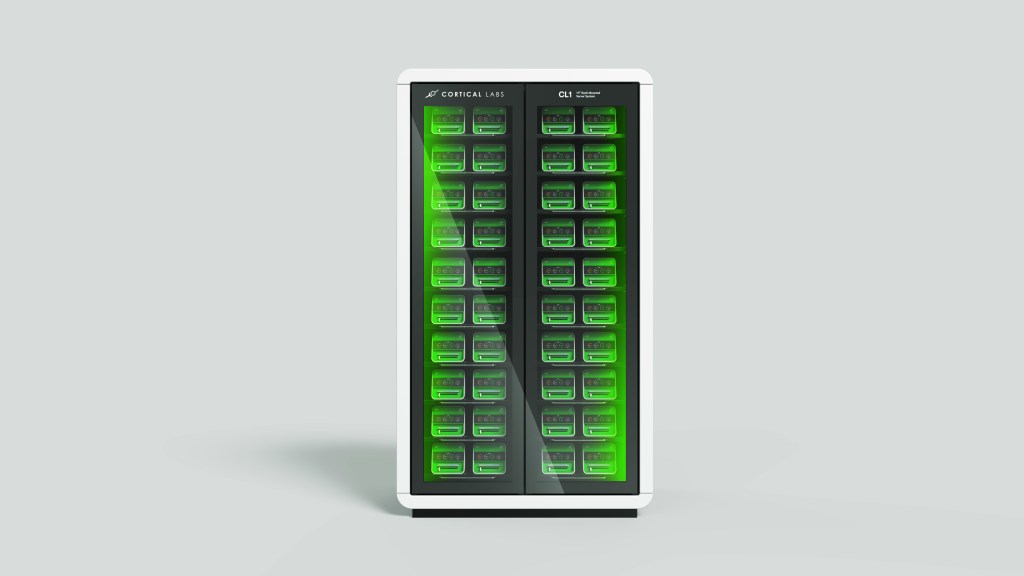
He wants to create an environment in which “a student in a dorm with a novel idea” could play around with it and maybe take the whole field in a new direction. “A lot of people forget that’s how we got where we are with AI today … You never know where the innovation is going to come from. You just have to make it accessible so lots of people can try it out.”
While some might evoke science fiction – like Steve Martin’s The Man with Two Brains, in describing such an achievement, others on Reddit evoke a Matrix-like dystopia. Chong is aware of people’s concerns about potential ethical problems and welcomes that conversation.
“You can have sentience without consciousness. Sentience is the ability to respond to a stimulus. Even an amoeba falls into that. But is it conscious? We don’t think it is … Bioethics is always a conversation to be had. It’s not static. It’s fluid depending on the values of society at the time.” He cites fears around in-vitro fertilisation when it began in the 1970s. “Today, it seems to be well accepted, even among the conservative community.”
He would also like to remind politicians that what he’s talking about is the world’s first “neural cluster” about to be built in Brunswick with millions set to go into the Victorian economy. “It would be nice if you mentioned that because we hardly hear anything from the government. They’re obsessed with quantum computing and all the other bits, and I’m like, ‘Come on guys, we just invented something equivalent to quantum right in our backyard and we’re leading this space … If somebody in the US gets more funding than us, which is usually the case, it will be hard to maintain the lead.
“The Europeans have just poured ten million euros into this space. Who knows what the Chinese are up to, but I get a tonne of hits coming from China. And the Russians are in this space as well. But I think we’re the first commercial company to really do this.”